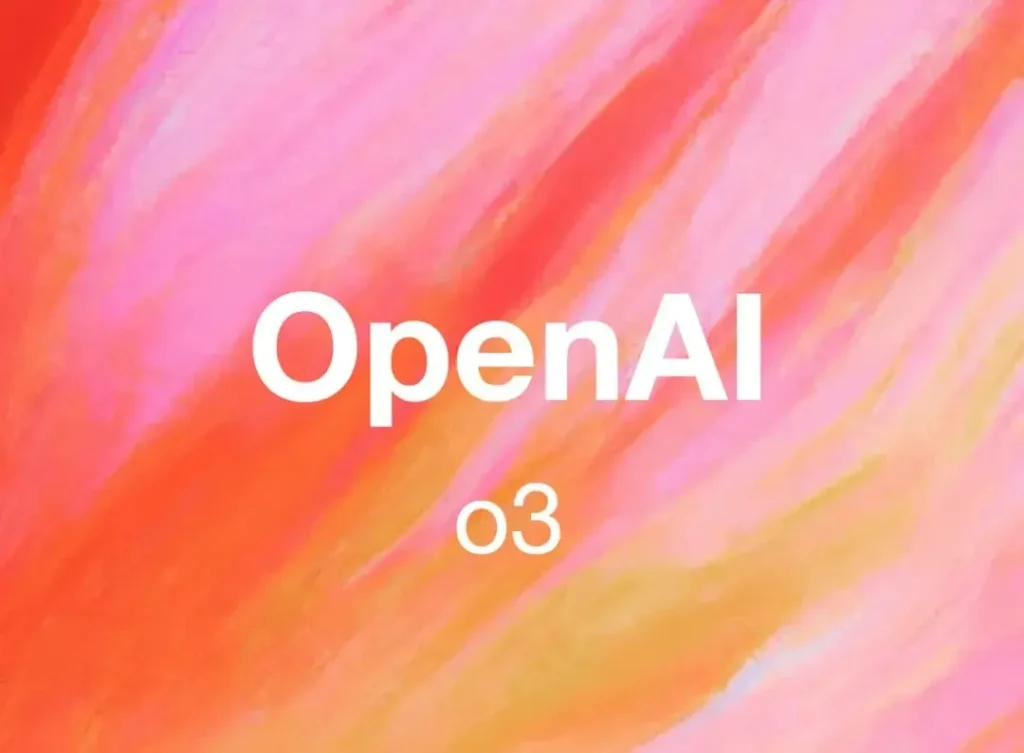Can openAI o3 be able to Write Good College Essays

OpenAI’s latest reasoning model, o3, represents a significant advance in AI capabilities, and its potential to compose college-level essays has become a focal point of discussion among educators, technologists, and students alike. As academic institutions grapple with the implications of AI-assisted writing, it is crucial to examine whether o3 can indeed craft essays that not only meet but potentially exceed the rigorous demands of higher education. This article synthesizes the most recent developments and expert analyses to assess o3’s strengths, limitations, and the broader impact of AI-driven essay writing on the future of college admissions and learning.
Can o3 Generate High-Quality College Essays?
What is OpenAI’s o3 ?
OpenAI introduced o3 alongside o4‑mini in April 2025, positioning o3 as its most powerful reasoning model to date. Unlike earlier iterations—such as o1 and o2—o3 was specifically trained to “think for longer before responding,” enabling deeper, multi-step reasoning across complex tasks ([openai.com][1], [help.openai.com][2]). Benchmarks demonstrate o3’s superiority in domains ranging from competitive programming to advanced scientific problem‑solving, where it has set new state‑of‑the‑art scores on Codeforces and ARC‑AGI benchmarks.
What does “writing quality” mean in college essays?
College essays are not just about grammar and structure—they’re about authenticity, critical thinking, personal experience, and voice. Advisors emphasize that the goal is for essays to reflect the student’s identity, not generic AI output.
Can o3 meet those expectations?
On technical grounds, the o3 model excels:
- OpenAI reports that o3 outperforms earlier models in reasoning and structured thinking .
- It earned A+ and B grades on spring law exams at the University of Maryland, showcasing its ability to write persuasive and coherent essays.
- Compared to ChatGPT’s earlier versions, o3 is better at multi-step logic and adaptability .
Yet college admissions essays prioritize personal expression, storytelling, and originality—areas where AI inherently struggles .
Can o3 effectively craft essays that meet college‑level expectations?
The core question is whether o3 can assemble well-structured, original, and persuasive essays that satisfy admissions criteria and academic standards. We analyze three key dimensions: coherence and structure, originality and critical thinking, and stylistic adaptability.
Coherence and Structure
o3’s extended context handling allows it to outline essays with clear thesis statements, logical paragraph progression, and effective introductions and conclusions. In testing scenarios, o3 generated multi‑paragraph responses that maintained topic focus and argumentative flow even in prompts requiring deep subject knowledge. Educators note that while the model excels at organizing content, it occasionally resorts to generic transitions that may lack the nuanced creativity characteristic of top‑tier human essays.
Originality and Critical Thinking
Benchmarks like ARC‑AGI—where o3 scored 87.5%—indicate strong problem‑solving aptitude and the ability to synthesize information across domains . When prompted to analyze literary themes or social issues, o3 can draw on vast training data to propose insightful interpretations. However, experts caution that the model sometimes reproduces common analytical frameworks rather than pioneering unique perspectives, raising concerns about true originality .
Stylistic Adaptability
One of o3’s touted strengths is its capacity to mimic diverse writing styles—from formal academic tone to more personal, narrative-driven essays. In side‑by‑side tests, o3 successfully matched sample essays’ voice and register, adjusting vocabulary complexity and sentence structure accordingly . This chameleon‑like versatility suggests that, with precise prompting, o3 can cater to specific admissions prompts. Yet, some admissions officers remain skeptical, noting that AI‑generated prose can feel “too polished” or lack the idiosyncratic voice that reflects genuine student experience.
What Are the Limitations of o3 in Writing Essays?
Despite its advanced reasoning, o3 exhibits constraints that impact its suitability for crafting college essays.
Depth of Analysis and Contextual Nuance
While o3 excels at logical structuring, its reflective depth is limited by training data. Essays requiring intimate introspection or cultural specificity can feel generic when produced by AI. Educators report that o3-generated essays often miss subtle emotional cues or cultural references that lend essays authenticity.
AI Hallucinations and Ethical Risks
A persistent challenge is hallucination—where the AI fabricates facts or statistics. In a test, o3 cited a non‑existent scholarship program when drafting an essay about financial aid, demonstrating that unchecked outputs may introduce inaccuracies. Relying on AI without thorough human vetting can lead to unintended misinformation.

So what can students realistically expect when using o3?
Ideal o3-supported workflow
- Brainstorm: Prompt o3 to list potential topics or storylines.
- Outline: Use it to structure the essay (intro, arguments, narrative arc).
- Draft segments: Let o3 draft sections, then personalize them with your voice and anecdotes.
- Polish: Employ o3 to refine grammar, cohesion, and clarity—but keep the core content yours.
Risks when misused
- Overreliance can lead to essays that sound generic or misaligned with your true voice .
- Lack of transparency could backfire if institutions ban uncredited AI usage ([teenvogue.com][5]).
Conclusion
While o3 marks a leap forward in AI reasoning and can enhance college essay writing through structure, clarity, feedback, and efficiency, it cannot authentically convey your individuality. Real impact comes when students use o3 alongside their own voice—leveraging AI for support, not substitution. The result? Essays that are impeccably written and uniquely yours.
Getting Started
CometAPI provides a unified REST interface that aggregates hundreds of AI models—under a consistent endpoint, with built-in API-key management, usage quotas, and billing dashboards. Instead of juggling multiple vendor URLs and credentials, you point your client at base url and specify the target model in each request.
Developers can access O3 API and o3-Pro API through CometAPI.To begin, explore the model’s capabilities in the Playground and consult the API guide for detailed instructions. Before accessing, please make sure you have logged in to CometAPI and obtained the API key.
New to CometAPI? Start a free and unleash o3 on your toughest tasks.
We can’t wait to see what you build. If something feels off, hit the feedback button—telling us what broke is the fastest way to make it better.


